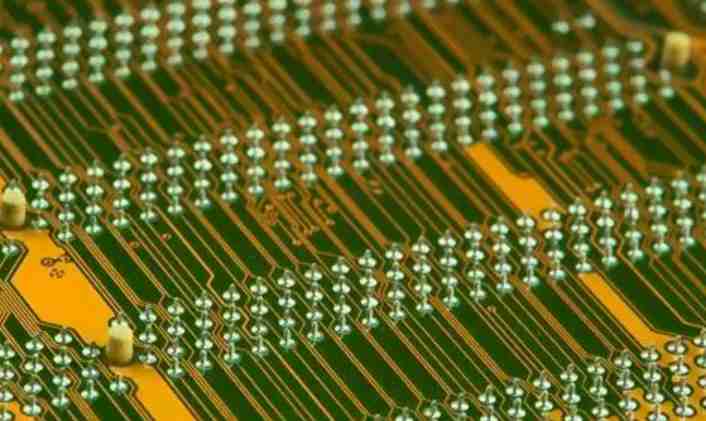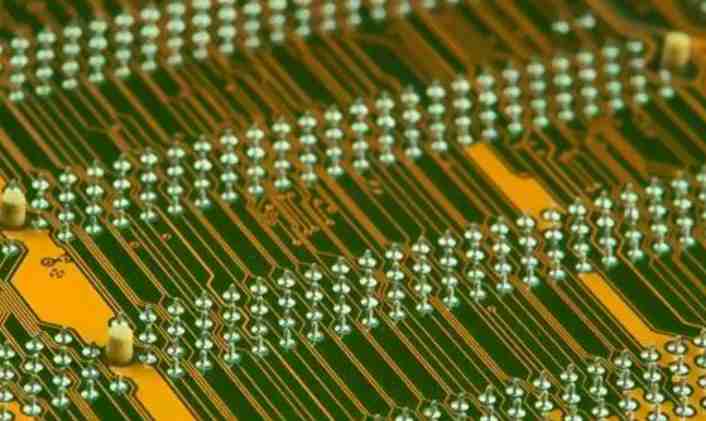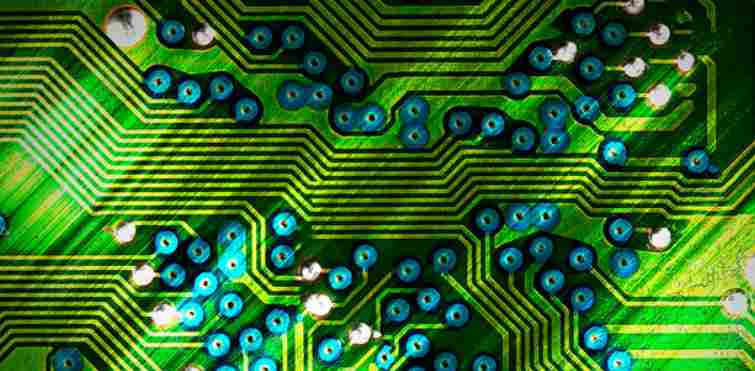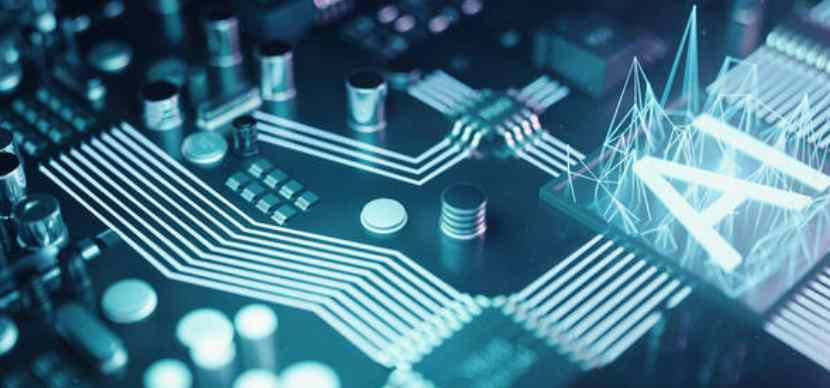
1, the anode copper ball contains 0.3-0.6% phosphorus, the main purpose is to reduce the anode dissolution efficiency, reduce the generation of copper powder;
2, when supplementing drugs, such as adding a large amount of copper sulfate, sulfuric acid; After addition should be low current electrolysis; When adding sulfuric acid, attention should be paid to safety. When adding a large amount of sulfuric acid (more than 10 liters), it should be divided into several times to slowly add; Otherwise, it will cause the temperature of the tank is too high, the decomposition of the light agent is accelerated, and the pollution of the tank;
3, special attention should be paid to the addition of chloride ion, because chloride ion content is particularly low (30-90ppm), the addition must be used measuring cylinder or cup weighing accurate before adding; 1ml of hydrochloric acid contains about 385ppm of chloride ions,
4. Calculation formula for drug addition:
Copper sulfate (kg) = (75-X) x tank volume (L) /1000
Sulfuric acid (unit: liter) = (10%-X) g/L x tank volume (liter)
Or (unit: liters) = (180-X) g/L x tank volume (liters) /1840
Hydrochloric acid (unit: ml) = (60-X) ppm x tank volume (liters) /385
Acid degreasing
① Purpose and function: to remove the oxide on the copper surface of the line, the ink residue film remaining glue, to ensure a binding force between copper and graphic plating copper or nickel
② Remember to use acidic oil remover here, why not use alkaline oil remover and alkaline oil remover effect is better than acid oil remover? Mainly because the graphic ink is not alkali resistant, it will damage the graphic line, so the graphic plating can only use acid oil removal agent.
(3) Production only need to control the concentration and time of oil removal agent, oil removal agent concentration in about 10%, the time to ensure in 6 minutes, a little longer will not have adverse effects; The replacement of tank liquid is also based on 15 square meters/liter of working liquid, and the addition is based on 100 square meters of 0. 5 minus 0. 8L;

(IV) Micro corrosion:
① Purpose and function: to clean and coarser the copper surface of the circuit and ensure the binding force between the graphic plating copper and the primary copper
(2) Sodium persulfate is used as the microetching agent, the coarsing rate is stable and uniform, and the water washing is good. The concentration of sodium persulfate is generally controlled at about 60 g/l, and the time is controlled at about 20 seconds. The drug is added according to 3-4 kg of 100 square meters; Copper content should be controlled below 20g/l; Other maintenance cylinder change with copper corrosion.
Acid leaching
① Function and purpose:
Remove the surface oxide, activate the surface, the general concentration in 5%, some maintain at about 10%, mainly to prevent water into the tank caused by sulfuric acid content is unstable;
The acid leaching time should not be too long to prevent the surface oxidation; After a period of use, the acid appears cloudy or the copper content is too high, should be replaced in time to prevent pollution of the surface of the electroplated copper cylinder and plate;
③ Grade C.P sulfuric acid should be used here;
Graphic copper plating: also known as secondary copper, line copper plating
① Purpose and function: In order to meet the rated current load of each line, a certain thickness should be reached after each line and hole copper. For the purpose of line copper plating, hole copper and line copper should be thickened to a certain thickness in time.
② Other items are the same as the whole board electricity
Electroplated tin
① Purpose and effect: The pure tin purpose of graphic electroplating mainly uses pure tin as a simple metal corrosion resistance layer to protect the etching of lines;
② The tank is mainly composed of stannous sulfate, sulfuric acid and additives; Stannous sulfate content control at about 35 g/l, sulfuric acid control at about 10%; The addition of tinning additives is generally supplemented by the method of kiloampere hour or according to the actual production plate effect; The current calculation of tin plating is generally 1. 5 amps per square decimeter times the plating area on the plate; Tin cylinder temperature is maintained at room temperature, the general temperature is not more than 30 degrees, more than 22 degrees, so in summer because the temperature is too high, tin cylinder is recommended to install cooling temperature control system;
③ Process maintenance:
Daily according to thousands of hours to timely supplement tinning additives; Check whether the filter pump works normally and there is no leakage; Scrub the cathode conductive rod with a clean wet rag every 2-3 hours; Weekly analysis of tin tank stannous sulfate (once a week), sulfuric acid (once a week), and through the hall test to adjust the content of tinning additives, and timely supplement the relevant raw materials; Every week to clean the anode conductor rod, both ends of the tank electrical joint; Electrolysis with low current 0.2-0.5asd for 6-8 hours per week; Check whether the anode bag is damaged every month, the damaged should be replaced in time; And check whether there is anode mud at the bottom of the anode bag, if there is, it should be cleaned up in time; Every month with carbon core continuous filtration 6-8 hours, at the same time low current to remove impurities; Every half a year or so according to the specific tank pollution situation to decide whether to need large treatment (activated carbon powder); Every two weeks to replace the filter pump element;
(4) When supplementing drugs, such as adding a larger amount such as stannous sulfate, sulfuric acid; After addition should be low current electrolysis; When adding sulfuric acid, attention should be paid to safety. When adding a large amount of sulfuric acid (more than 10 liters), it should be divided into several times to slowly add; Otherwise it will cause the tank temperature is too high, stannous oxidation, accelerate the aging of the tank;
⑤ Calculation formula of drug addition:
Stannous sulfate (kg) = (40-X) x tank volume (L) /1000
Sulfuric acid (unit: liter) = (10%-X) g/L x tank volume (liter)
Or (unit: liters) = (180-X) g/L x tank volume (liters) /1840







